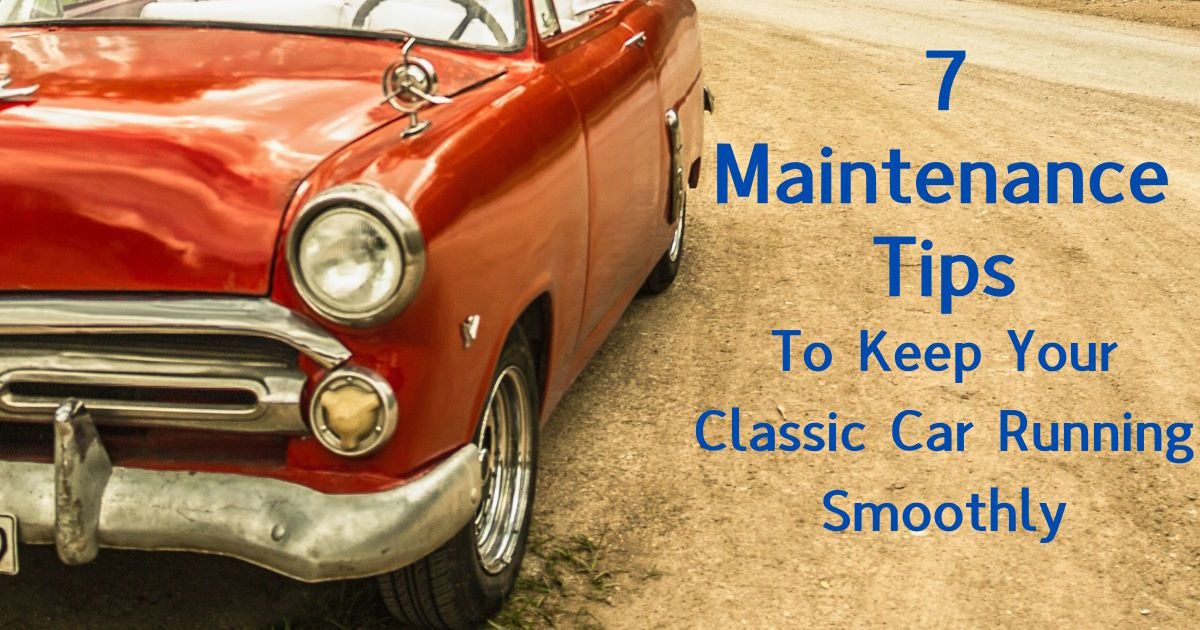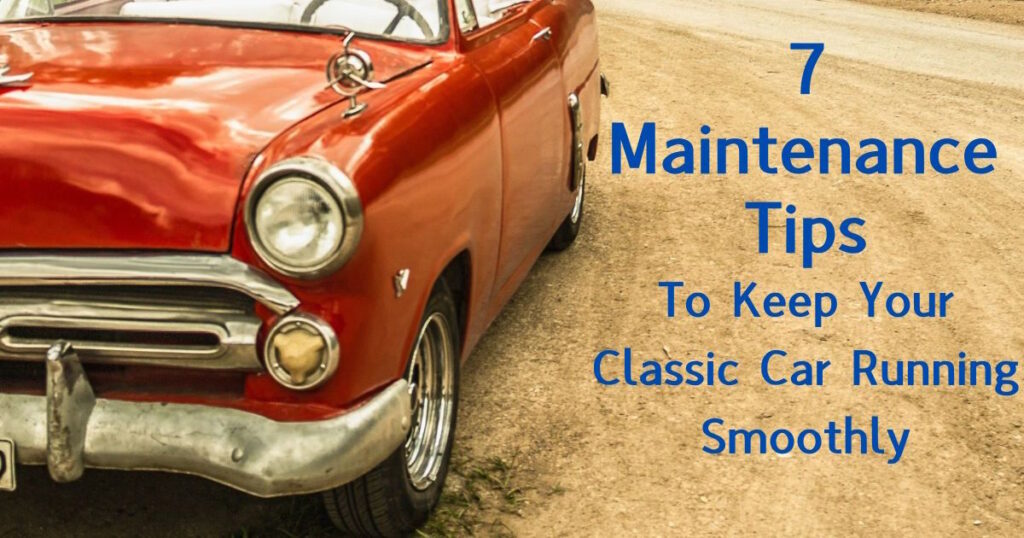
Owning a classic car isn’t just about transportation; it’s a passion project, a rolling piece of history, and for many, a lifelong dream come true.
But let’s be honest—keeping that beauty in tip-top shape can feel like an endless adventure (or, some might say, a bit of a challenge). From elusive parts to the care required for an aging engine, classic cars come with their own unique set of quirks that only true enthusiasts understand.
In this guide, we’ll walk you through seven essential tips for maintaining your classic car so it stays smooth, dependable, and ready for the next cruise down memory lane.
From must-know upkeep tips to a few insider tricks, here’s how to keep your classic rolling like it did back in the day.
Keep Up with Regular Oil Changes
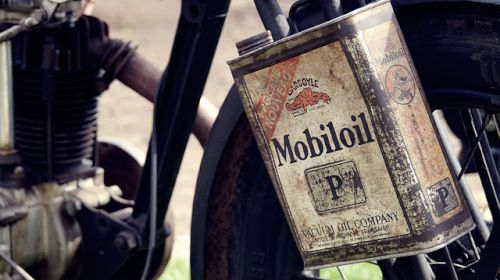
Just like us, classic cars need good hydration—well, lubrication, to be precise! Oil changes are key to keeping your engine purring smoothly, especially in a classic where every component has put in the miles.
Because older engines are built differently from modern ones, they often need a thicker, high-quality oil to reduce wear and tear.
Aim to change the oil every 3,000 miles or every six months, whichever comes first. And don’t forget to check that oil filter!
Clean oil is a classic car’s best friend, and neglecting this step is a surefire way to end up in the garage (or worse, on the side of the road).
Related: 9 Classic Car Maintenance Mistakes and How to Avoid Them
Don’t Skimp on Coolant Checks
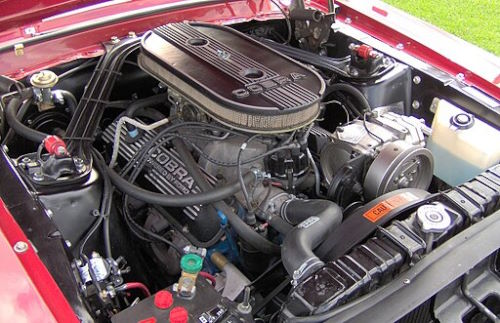
Overheating can spell disaster for any vehicle, but with a classic car, it’s an especially big concern. Unlike modern engines, many classics rely heavily on their cooling systems to stay balanced.
Make sure your coolant is topped up and replaced regularly, as old coolant loses its ability to regulate temperature effectively.
To prevent any overheating surprises, check the coolant level every couple of months and flush the system every two years. And, if you really want to be safe, carry a bottle of coolant in the trunk for those “just in case” moments.
Keep an Eye on Battery Health
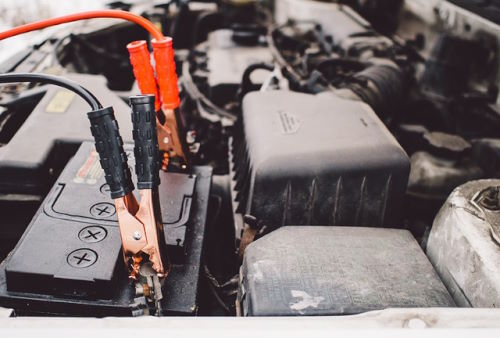
Nothing throws a wrench in your plans like a dead battery. Classic cars can be more prone to battery issues, especially if they sit idle for long stretches.
A trickle charger or battery tender is a great tool to keep your battery juiced up when the car’s parked for extended periods. They’ll prevent the battery from dying out and save you from constant jump starts.
When you’re not using a trickle charger, pop the hood and inspect the battery terminals regularly. Keep them clean and free from corrosion—there’s nothing worse than getting ready for a ride only to find your car’s a no-go due to a corroded connection.
Related: 7 Fluids to Regularly Check in Your Classic Car
Brake Maintenance: Don’t Just Pump and Pray

Reliable brakes are non-negotiable, especially in a classic. Unlike modern cars with high-tech braking systems, classic cars often require more frequent brake maintenance to keep you (and your ride) safe.
Check your brake pads and rotors for wear, and don’t hesitate to replace them if they’re starting to show signs of age.
In addition to the brake pads, pay attention to the brake fluid level. Fresh brake fluid is essential for a strong, responsive brake system, and old fluid can cause the brakes to feel spongy—definitely not the feel you want behind the wheel.
Check Belts and Hoses Regularly

When was the last time you looked under the hood and inspected your belts and hoses? In a classic car, these components can wear out faster due to their age, potentially leading to leaks or even an engine stall.
Rubber belts and hoses can harden and crack over time, especially if exposed to fluctuating temperatures.
Get in the habit of inspecting belts and hoses at least twice a year. If you spot any cracks, bulges, or signs of wear, it’s best to replace them sooner rather than later. Your classic will thank you with smoother, more reliable operation.
Maintain the Transmission with Care
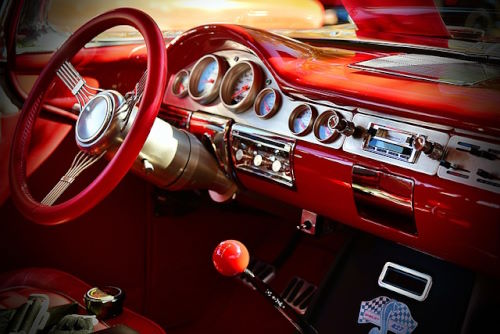
Classic car transmissions, especially if you’ve got a manual, require careful maintenance. Always check for any transmission fluid leaks—dark spots under the car can indicate a leak, which can be disastrous if left unattended.
Top off the transmission fluid as necessary, but remember that older transmissions may also need a bit of fine-tuning from a trusted mechanic.
If your transmission feels clunky or doesn’t shift smoothly, it might be time for an inspection. Investing in regular transmission care will help you avoid costly repairs and keep your ride shifting like butter.
Store Your Car Properly
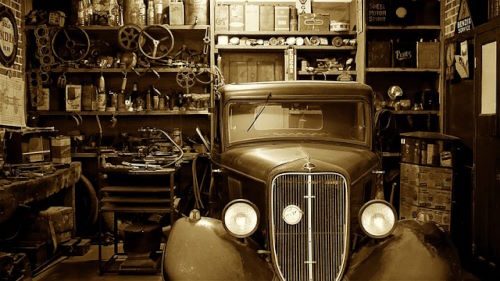
A classic car deserves a good home, especially during harsh weather. If possible, store it in a dry, temperature-controlled garage. Not only does this keep it safe from the elements, but it also prevents rust, fading, and other age-related issues that can creep up.
During storage, cover your car with a breathable car cover to protect the paint and keep dust at bay. And for those extra precautions, consider jacking up the car slightly to avoid flat spots on the tires if you plan on storing it for a while.
It might seem like overkill, but when you bring it out next spring, you’ll be glad you did!
Final Thoughts
Keeping your classic car running smoothly takes dedication, but the reward is a beautiful, reliable ride that’s bound to turn heads and make memories.
By following these tips, you’ll not only enjoy a smoother driving experience but also add years to your car’s life. So grab your oil can, pop the hood, and give your classic the care it deserves.
What’s your favorite tip for classic car maintenance? Share your go-to tricks, restoration stories, or just some snapshots of your beloved car on our Facebook page. After all, the best part of owning a classic is sharing it with fellow enthusiasts!
Related Articles:

